The livestock industry is one of the sources of greenhouse gas emissions such as CH4, CO… which have the potential to cause global warming. Therefore, reducing emissions in livestock is extremely important and urgent.
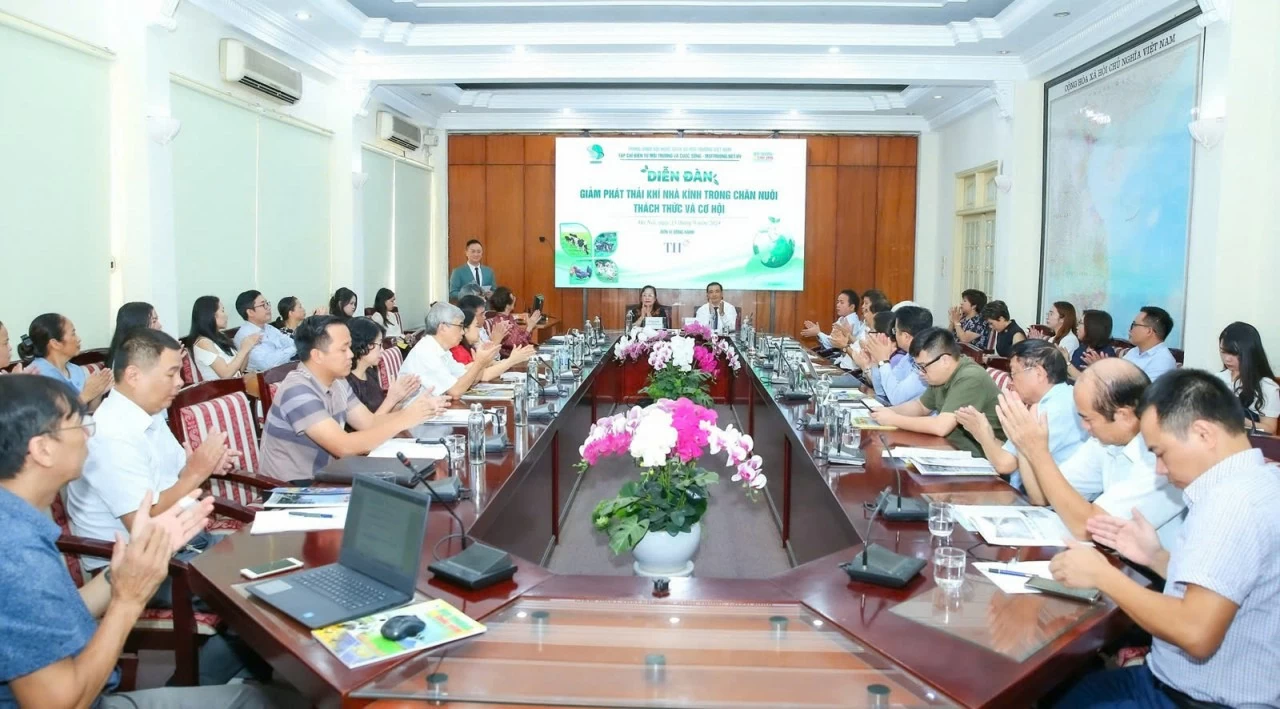 |
| Overview of the Forum "Reducing Greenhouse Gas Emissions in Livestock: Challenges and Opportunities". (Photo: Chu Van) |
On the morning of September 13, the Vietnam Clean Water and Environment Association and the Environment and Life e-magazine, in collaboration with TH Food Chain Joint Stock Company, organized the Forum "Reducing greenhouse gas emissions in livestock farming: Challenges and Opportunities".
Speaking at the opening of the Forum, Ms. Pham Thi Xuan, Vice President in charge of the Vietnam Clean Water and Environment Association, said: Every year, the livestock sector contributes 25-26% to the GDP of the agricultural sector and is one of the fastest growing agricultural sub-sectors, even during the Covid-19 pandemic. Over the past decade, this sector has maintained a growth rate of 4.5 to 6%. Therefore, livestock has long been identified as a key industry, which needs to shift from small-scale livestock farming to large-scale, commodity-based, concentrated livestock farming.
In addition to its important contributions to economic development, the livestock industry also poses many challenges to environmental protection and greenhouse gas emissions. It is estimated that each year an average of 61 million tons of manure and over 304 million m³ of livestock wastewater are discharged from major livestock species.
Green transformation is currently an irreversible trend. The livestock industry is one of the sources of greenhouse gas emissions such as CH4, CO… which have the potential to cause global warming. Therefore, reducing emissions in livestock is extremely important and urgent.
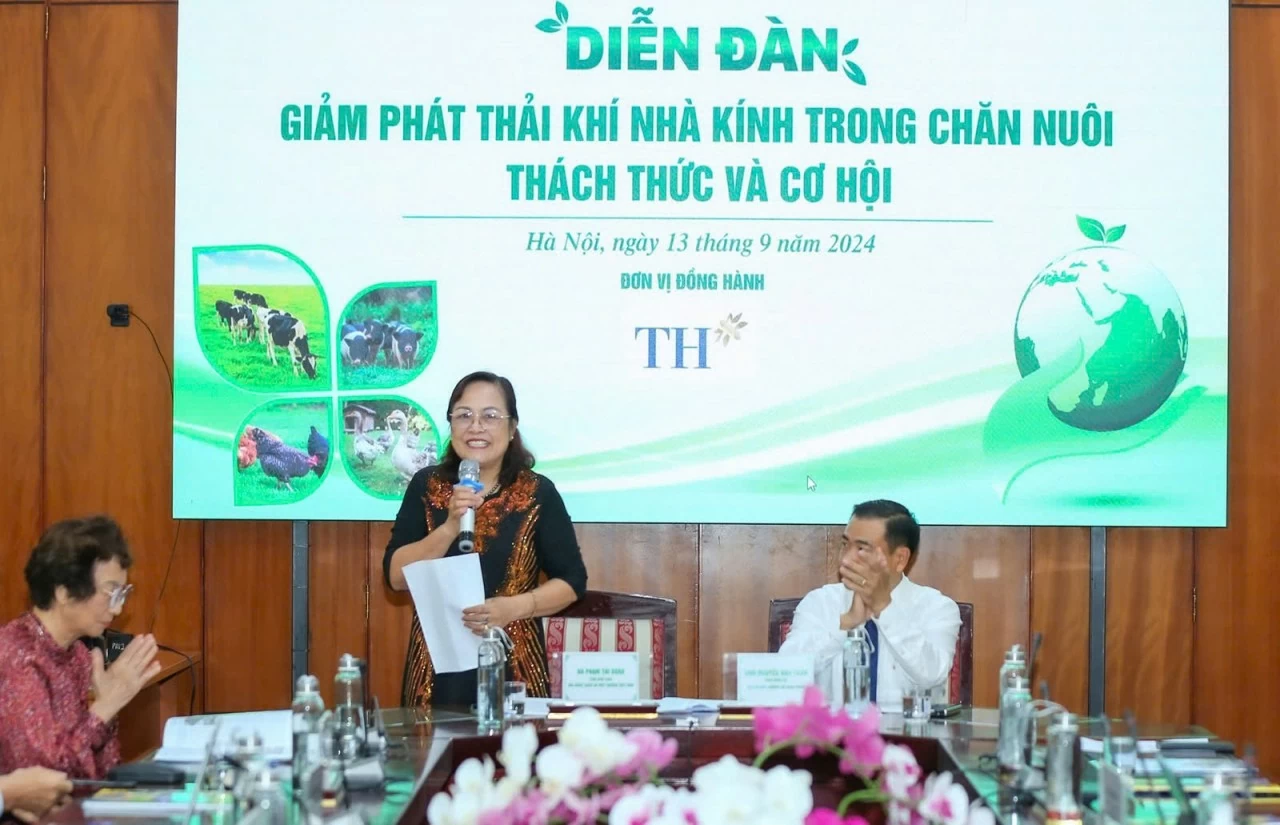 |
| Ms. Pham Thi Xuan, Vice President in charge of Vietnam Association for Clean Water and Environment, delivered the opening speech at the Forum. (Photo: Chu Van) |
Speaking at the forum on the current status of emissions in the livestock industry, Dr. Nguyen The Hinh, Deputy Director of Agricultural Projects, Ministry of Agriculture and Rural Development, said: The results of the greenhouse gas inventory show that the livestock industry emits about 18.5 million tons of CO2e annually, accounting for 19% of emissions in agriculture. There are 2 main types of greenhouse gases (GHGs) emitted from livestock: methane (CH4) and nitrous oxide (N2O). According to scientists' calculations, 1 ton of CH4 causes a greenhouse gas effect equivalent to 28 tons of CO2 and 1 ton of N2O causes a greenhouse gas effect equivalent to 265 tons of CO2.
Proposing a solution, Dr. Nguyen The Hinh said that the Government needs to invest in supporting research and providing products that help reduce CH4 gas production from the rumen of cattle and buffaloes while improving nutrition for cattle and buffaloes; allowing biogas power generation to connect to the grid to encourage farm owners to invest in large-capacity biogas generators to make full use of the gas produced to bring profits to farm owners, minimizing the discharge of CH4 gas directly into the environment.
According to the Deputy Director of the Agricultural Project Management Board, the Ministry of Agriculture and Rural Development needs to soon issue national technical regulations on the use of livestock waste as organic fertilizer to complete the legal framework for livestock waste collection and transportation technologies. There are policies to support small businesses and households in collecting livestock waste as organic fertilizer for sale and self-use.
Assoc. Prof. Dr. Cao The Ha, Vietnam Japan University (VJU) & Center for Environmental Technology and Development (CETASD) - Vietnam National University, Hanoi (VNU) said: Livestock waste is considered a source of input materials, a potential for developing biogas energy (BGE). BGE generated from waste can be the key to promoting sustainable energy in the future. Currently, in Vietnam, there are thousands of BGE systems installed at household scale for cooking purposes, some BGE generator systems are installed scattered in livestock farms to replace diesel generators.
Discussing the technology of treating pig waste in the direction of circular economy, Associate Professor, Dr. Ha said: For biogas tanks, it is necessary to overcome 2 factors: Effective volume gradually decreases; and Short-flow reduces effective V - Efficiency decreases. Solving these problems will help biogas tanks meet QCVN on environmental protection, reduce operating costs, and optimize area for small-scale or limited-area cases.
Talking about measures to reduce greenhouse gas emissions according to the NDC and the National Policy on Climate Change to 2050, Associate Professor, Dr. Le Van Hung, Institute for Applied Research on Environmental Treatment emphasized: "How to reduce greenhouse gas emissions but aim for the Net Zero target".
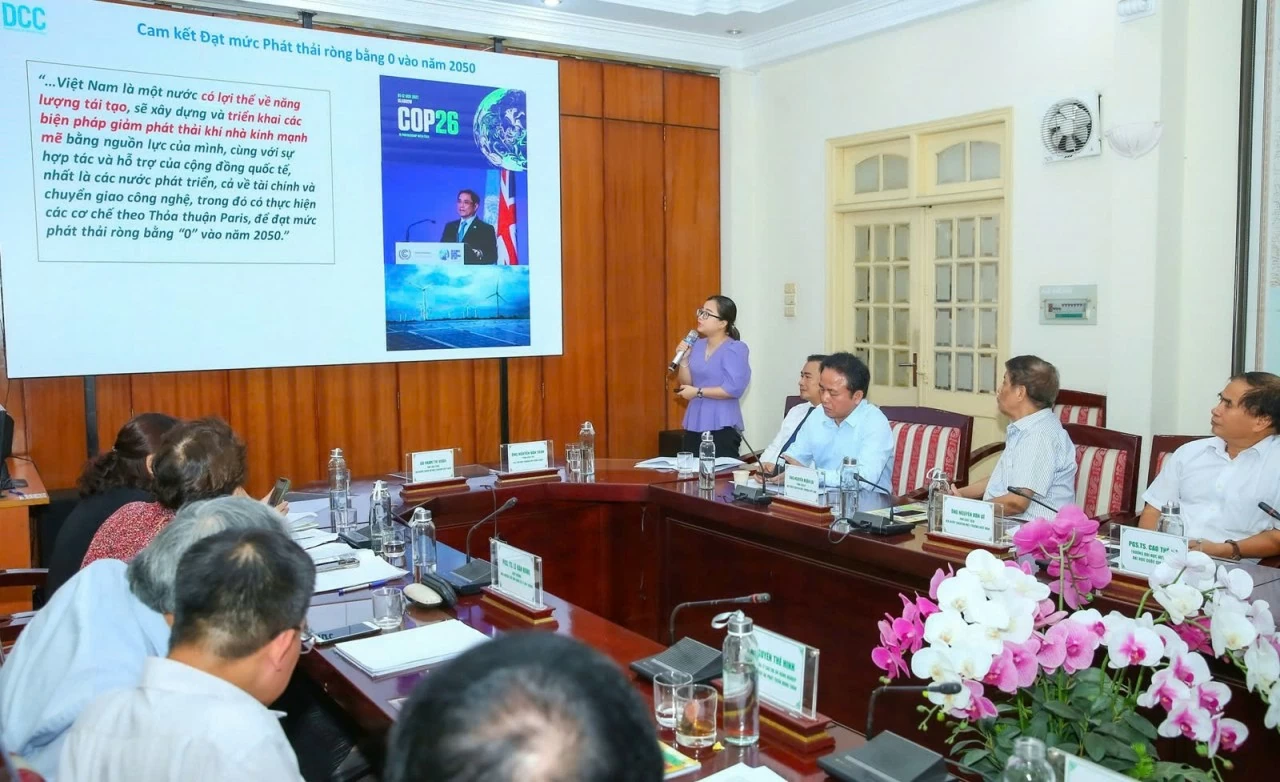 |
| Ms. Tran Thi Bich Ngoc, Expert of the Department of Greenhouse Gas Emission Reduction and Ozone Layer Protection, Department of Climate Change, Ministry of Natural Resources and Environment, presented her paper. (Photo: Chu Van) |
Associate Professor, Dr. Le Van Hung pointed out a series of causes of climate change: Uncontrolled human activities have released greenhouse gases into the environment. Greenhouse gases are gases that have the ability to absorb long-wave radiation (infrared) reflected from the Earth's surface after being illuminated by the sun. Then the heat is scattered back to the Earth, causing the greenhouse effect.
Representatives of the Institute for Applied Research on Environmental Treatment also proposed 6 groups of solutions to reduce greenhouse gases to promote the implementation of NDC, including: Building and perfecting institutions and policies; communicating, raising awareness and attracting community participation; developing human resources; developing science and technology; mobilizing financial resources for climate change response; and promoting international cooperation in climate change response.
Meanwhile, Ms. Tran Thi Bich Ngoc, Specialist of the Department of Greenhouse Gas Emission Reduction and Ozone Layer Protection, Department of Climate Change, Ministry of Natural Resources and Environment, said that currently, the difficulties and challenges that businesses and livestock facilities face are: Systemic thinking in policies, laws and production and business practices are not yet consistent and effective; the effectiveness and efficiency of legal regulations are still limited, the environment is not the center of development decisions; businesses still take short-term profit goals without considering long-term, sustainable benefits;
According to Ms. Ngoc, the market for environmental goods and services, environmentally friendly products, and recycled products has not really received attention and support; resources for implementing the transition to a circular economy are very large but in practice have not met the requirements; awareness and knowledge of regulations and technical requirements for greenhouse gas inventory and emission reduction are still limited.
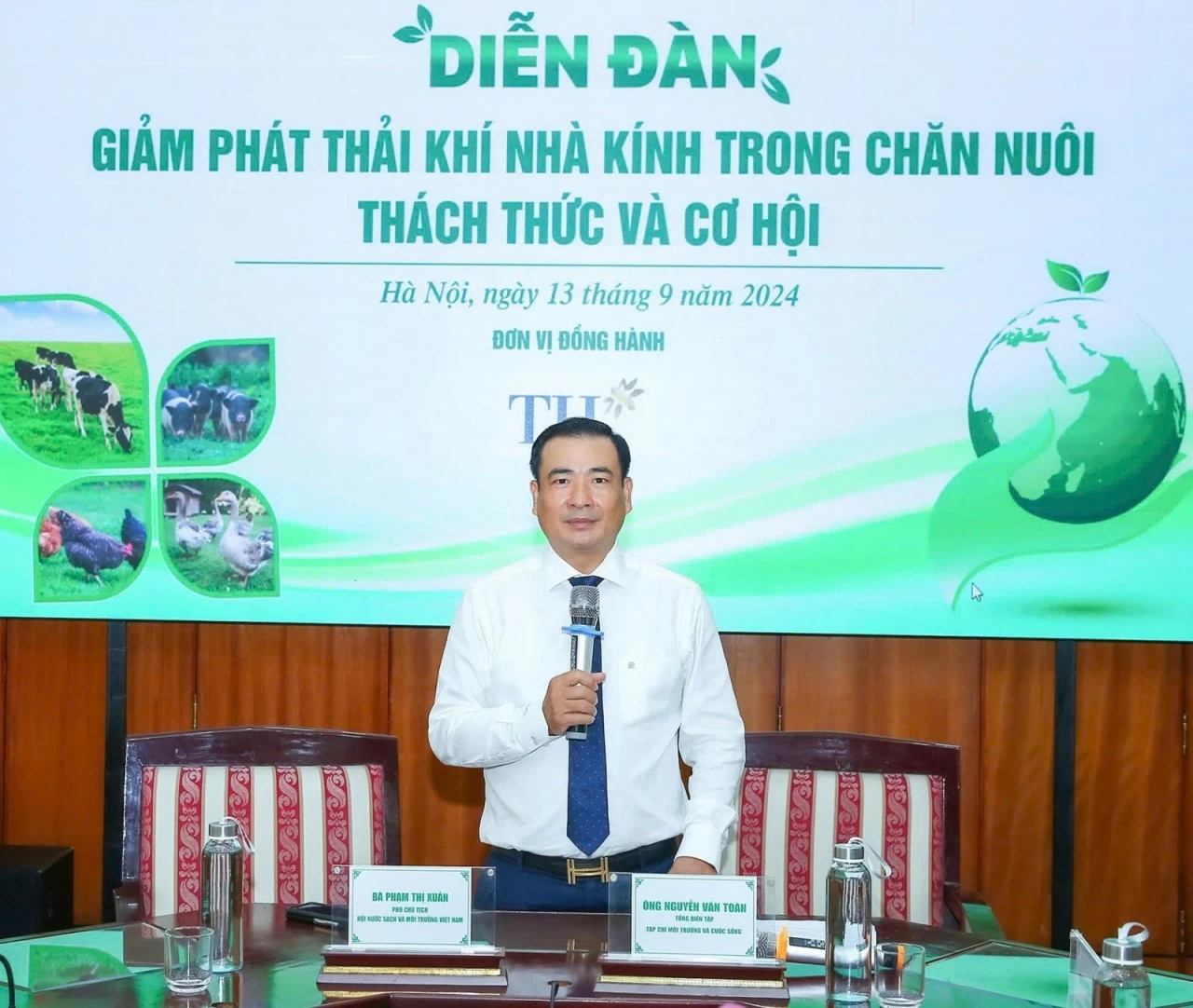 |
| Mr. Nguyen Van Toan, Editor-in-Chief of the Electronic Magazine Environment and Life, delivered a concluding speech at the Forum. (Photo: Chu Van) |
Source: https://baoquocte.vn/giam-phat-thai-khi-nha-kinh-trong-chan-nuoi-huong-toi-muc-tieu-net-zero-286199.html








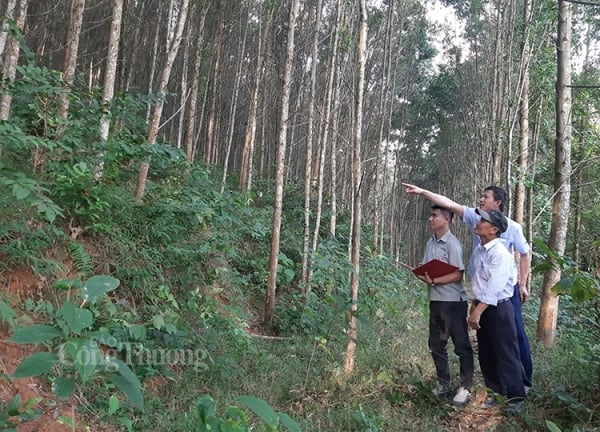

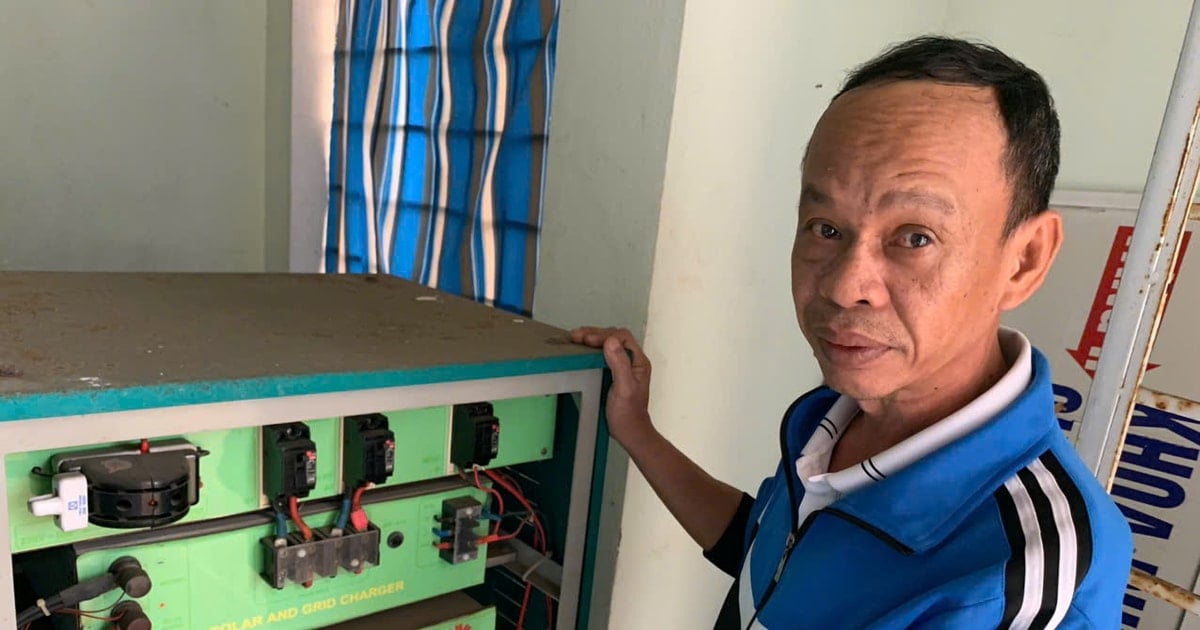

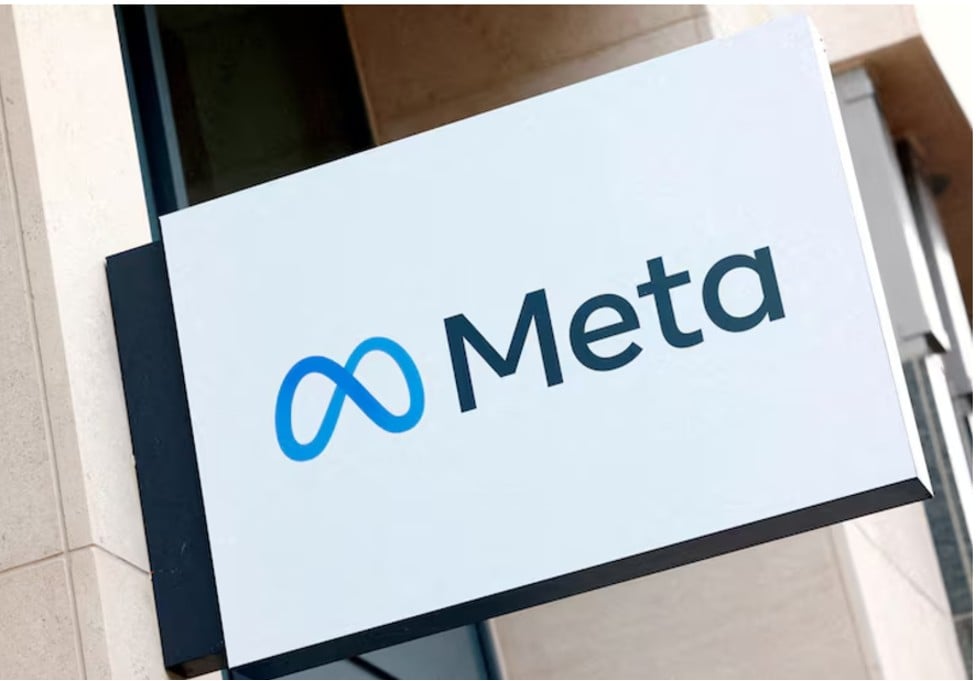
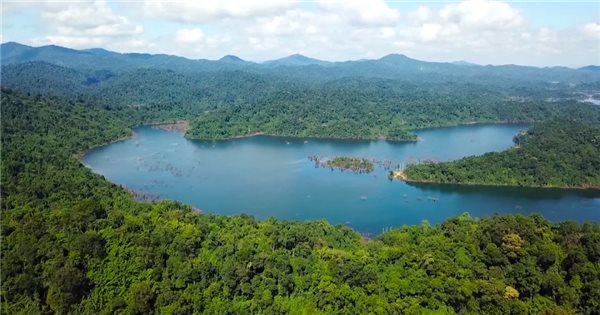

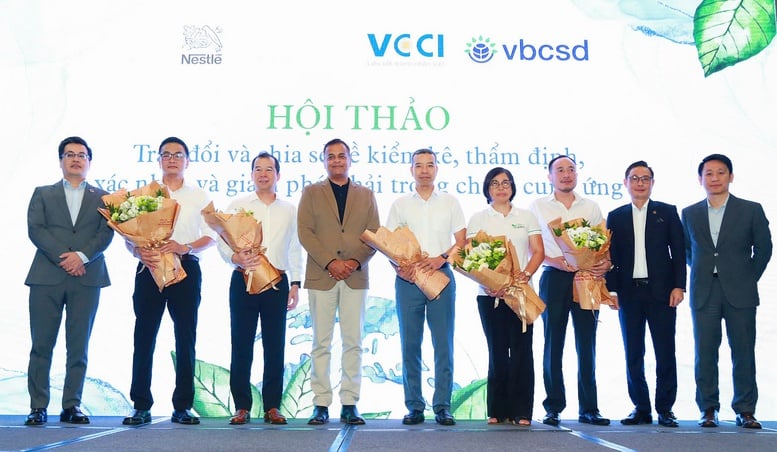

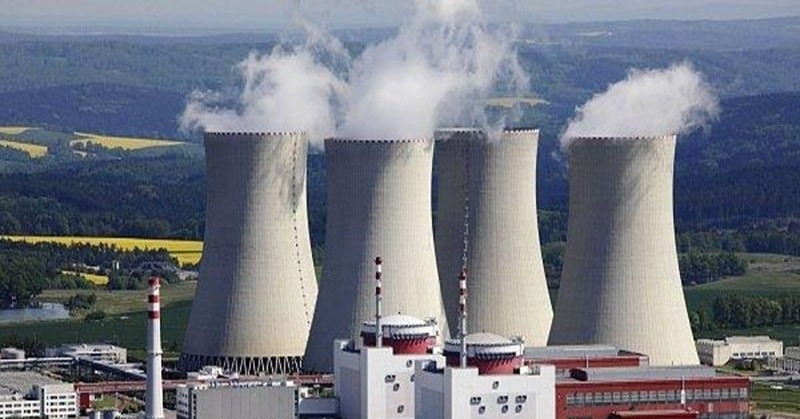

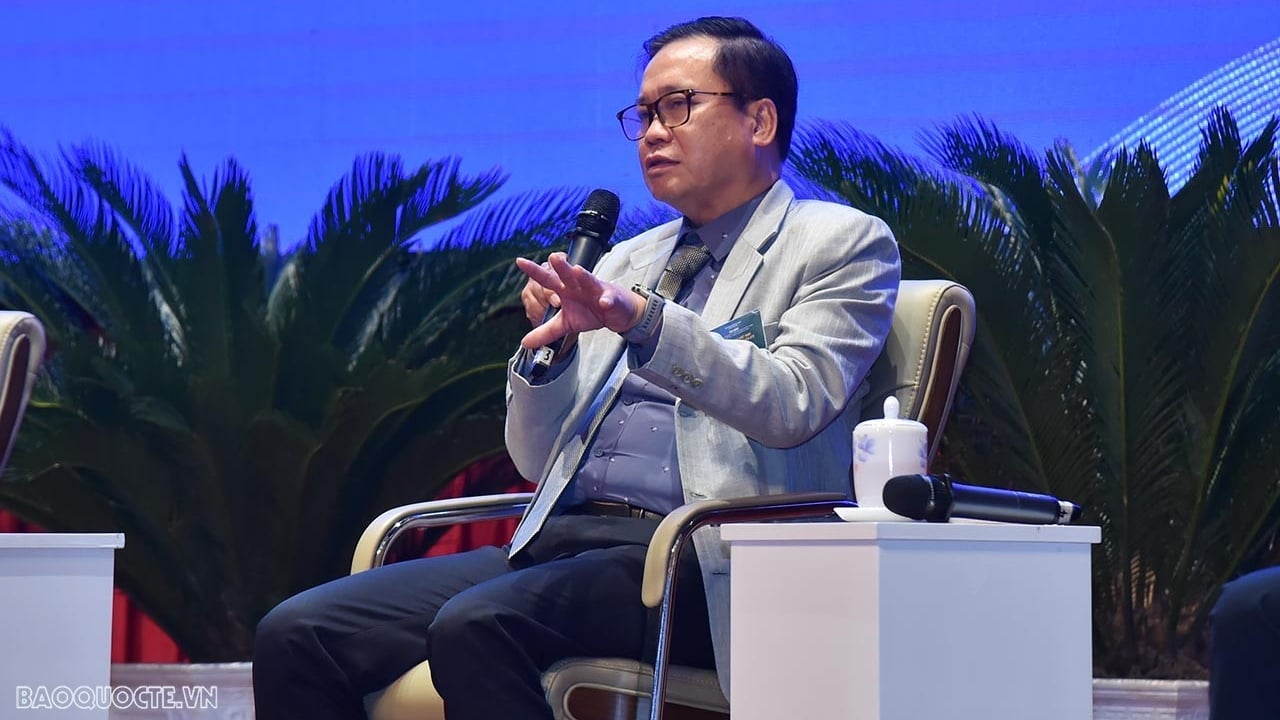
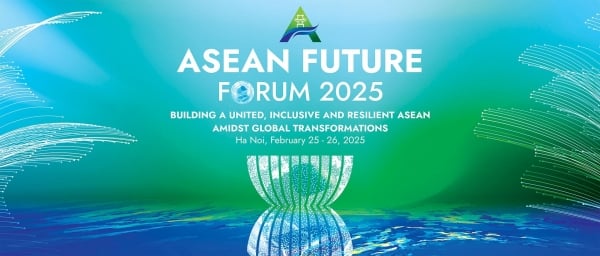
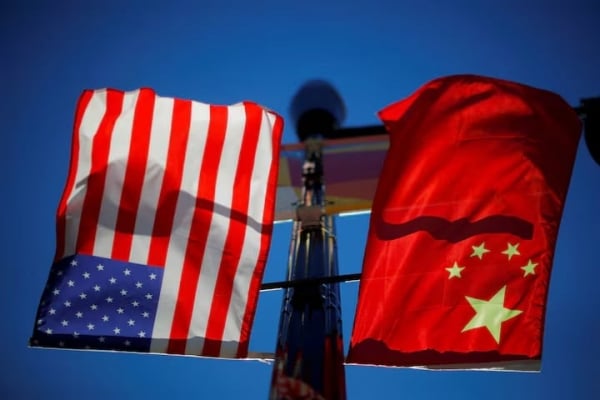



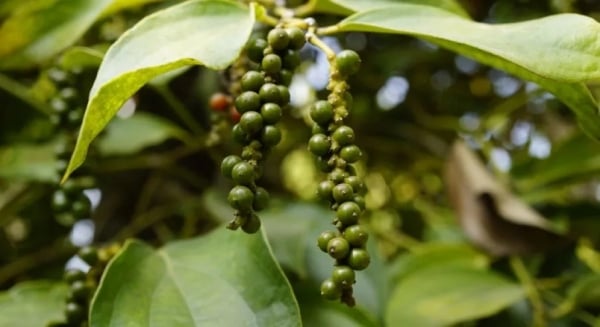
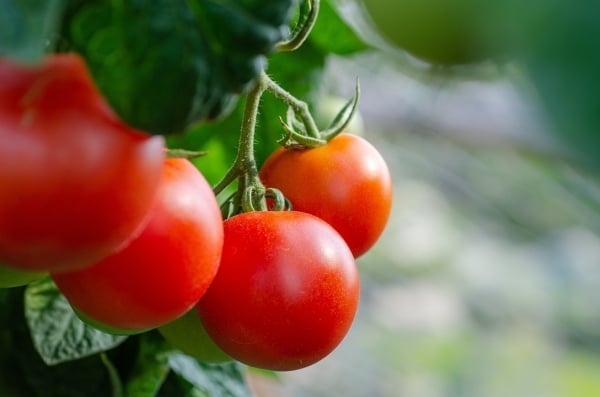














Comment (0)